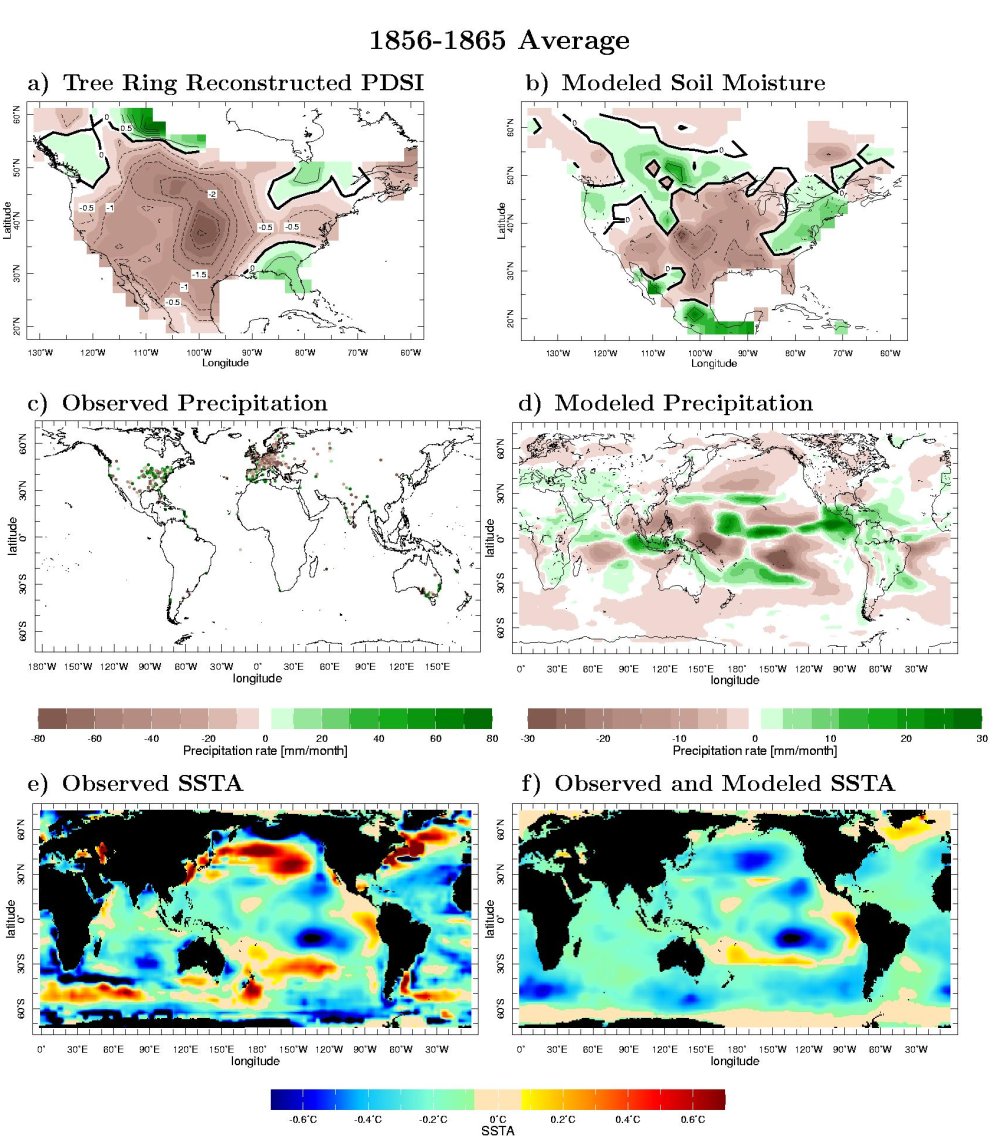This is a great example of the issue Daniel Collins raised a couple of days ago in a discussion of the definition of drought – the extent to which the demand side of the equation must be taken into consideration. It’s a Reuters story about Prince Edward’s visit to northwest Kenya, “where drought has decimated livestock and caused widespread hunger.”
Already leading tough subsistence lives, Turkana’s population of half a million mainly nomadic herders have suffered further from a drought under way since last year, losing up to half of their precious livestock in some places.
Cattle-rustling and clashes between tribes over scant resources are common, especially on the border.
Child malnutrition levels have reached 30 percent.
“Of the children who are picked up and come here for treatment, recovery is fifty-fifty,” said district public health officer Chris Lirunde at the Lodwar District Hospital.
“But there are remote areas where nobody knows what is going on. There, the people are at the mercy of God.”
I’ll refer again to the Standardized Precipitation Index, which suggests that, while folks in neighboring Uganda, Sudan and the Congo are suffering potentially serious precipitation deficits over the last year, northwest Kenya is not.
I’m not going to begrudge these people their drought. Here in New Mexico, “drought” means a bad ski season and some economic hardship for farmers. In northwest Kenya, children die. A third of Kenya’s population is malnourished. Call it whatever, that’s bad. But this again illustrates that a big part of what people perceive as drought is not entirely related to how much rain falls from the sky.
(The caveat: I’m using SPI, which Daniel points out only captures precipitation, and not things like evaporation and soil moisture, which are important to farmers and people making their living raising cattle. In this case, it’s the best I’ve got. If anyone knows a source of Palmer-like drought indexes for Africa, I’d be most appreciative.)

